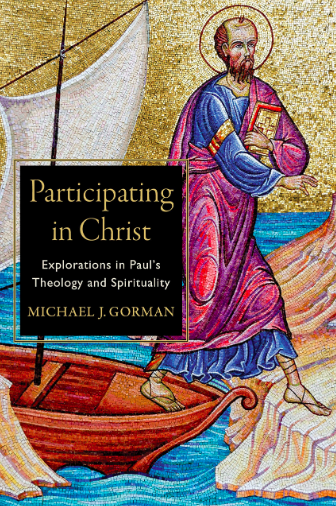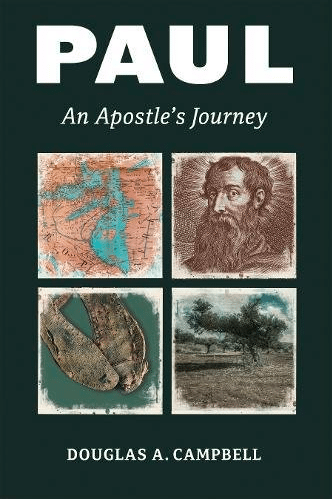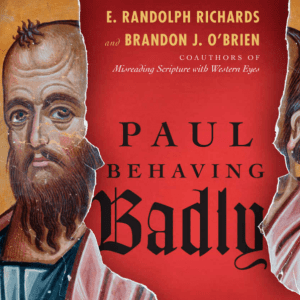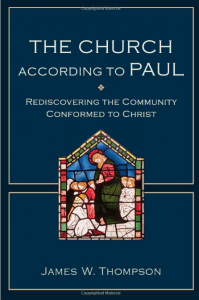 “It” here means life in this body and this mind. I’m reading a book by William Ian Miller called Losing It with an attempt to enter back into the early days of America with its lengthy subtitle: In which an aging Professor laments his shrinking brain, which he flatters himself formerly did him noble service: A Plaint, tragi-comical, historical, vengeful, sometimes satirical and thankful in six parts, if his memory does yet serve. Miller’s sardonic wit about “losing it” does not spring from some kind of Christian theology about death and resurrection; he’s not, after all, a Christian. But he faces the mirror of death and plays with it the way a cat plays with a dead mouse, perhaps rehearsing in its mind of the joy of the chase.
“It” here means life in this body and this mind. I’m reading a book by William Ian Miller called Losing It with an attempt to enter back into the early days of America with its lengthy subtitle: In which an aging Professor laments his shrinking brain, which he flatters himself formerly did him noble service: A Plaint, tragi-comical, historical, vengeful, sometimes satirical and thankful in six parts, if his memory does yet serve. Miller’s sardonic wit about “losing it” does not spring from some kind of Christian theology about death and resurrection; he’s not, after all, a Christian. But he faces the mirror of death and plays with it the way a cat plays with a dead mouse, perhaps rehearsing in its mind of the joy of the chase.
Then I turn to Rodney Reeves’ study of how the gospel — life, death, burial and resurrection of King Jesus — impacts all of life and I say that instead of playing with the inevitable winner, death, and instead of pushing it back by braving the realities of aging with some wit, I see in Paul someone who had gone through what Richard Hays calls “the conversion of the imagination.” And it is this conversion of imagination that is on display on every page of Reeves’ study of our “blessed hope” ( Spirituality according to Paul: Imitating the Apostle of Christ).
Do we see in the mirror the face of Christ’s resurrection? Do you face death or turn from it?
But this conversion of imagination means radical shifts on our part. Kris and I had a brief conversation last weekend about cosmetic surgery, and it all began when we observed someone on TV who had obviously had such surgery. Beside the rather obvious, “Do people who have such surgery know how said surgery strikes many?,” and beside the fair-minded observation that that’s how some people prefer to live, I got to thinking about both what Miller and Reeves had to say, and both said a few strong words about what cosmetic surgery says about one’s posture toward the inevitable. We all live, we all die; dying means in most cases aging; in most cases that means the signs of aging are visible to all of us. The mirror does not lie. You can stiff arm death only so long.
 Reeves sees Paul loving the signs of aging, of death. Adam’s story is our story, but Paul thought the Second Adam had a new story for us — the gospel story — and if we embrace that Story we can have our imaginations converted. When we face death we are to see the glory of transformation and resurrection.
Reeves sees Paul loving the signs of aging, of death. Adam’s story is our story, but Paul thought the Second Adam had a new story for us — the gospel story — and if we embrace that Story we can have our imaginations converted. When we face death we are to see the glory of transformation and resurrection.
Paul saw the cross as a crown to wear. Instead of playing with death, Paul taunted it (1 Cor 15). The Adamic sentence of death was not God’s last word; life is.
This enables us to face tragedy, aging, and death. The gospel tells us the Story is that Jesus entered life, died for us/in our place, was buried and was raised — and that we are raised with him. This can convert our imagination to see in death and tragedy and aging, not futility, not fate, but sacraments of life and resurrection. That’s gospel. This spreads out: when we see systemic evil, we can see signs of their breaking down; when we see oppression, we can witness to love and peace. This conversion of the imagination means we can see a different world and different possibilities when others — who do not have that hope — see death and fate and futility.
Reeves: “Christ believers should be offended by a youth-obsessed culture that tries to focus our attention on the wrong end of living” (198).
Do we exercise or eat well because we want to fight death or because we want to be healthy? Do we see the signs of death as sacraments of life?











